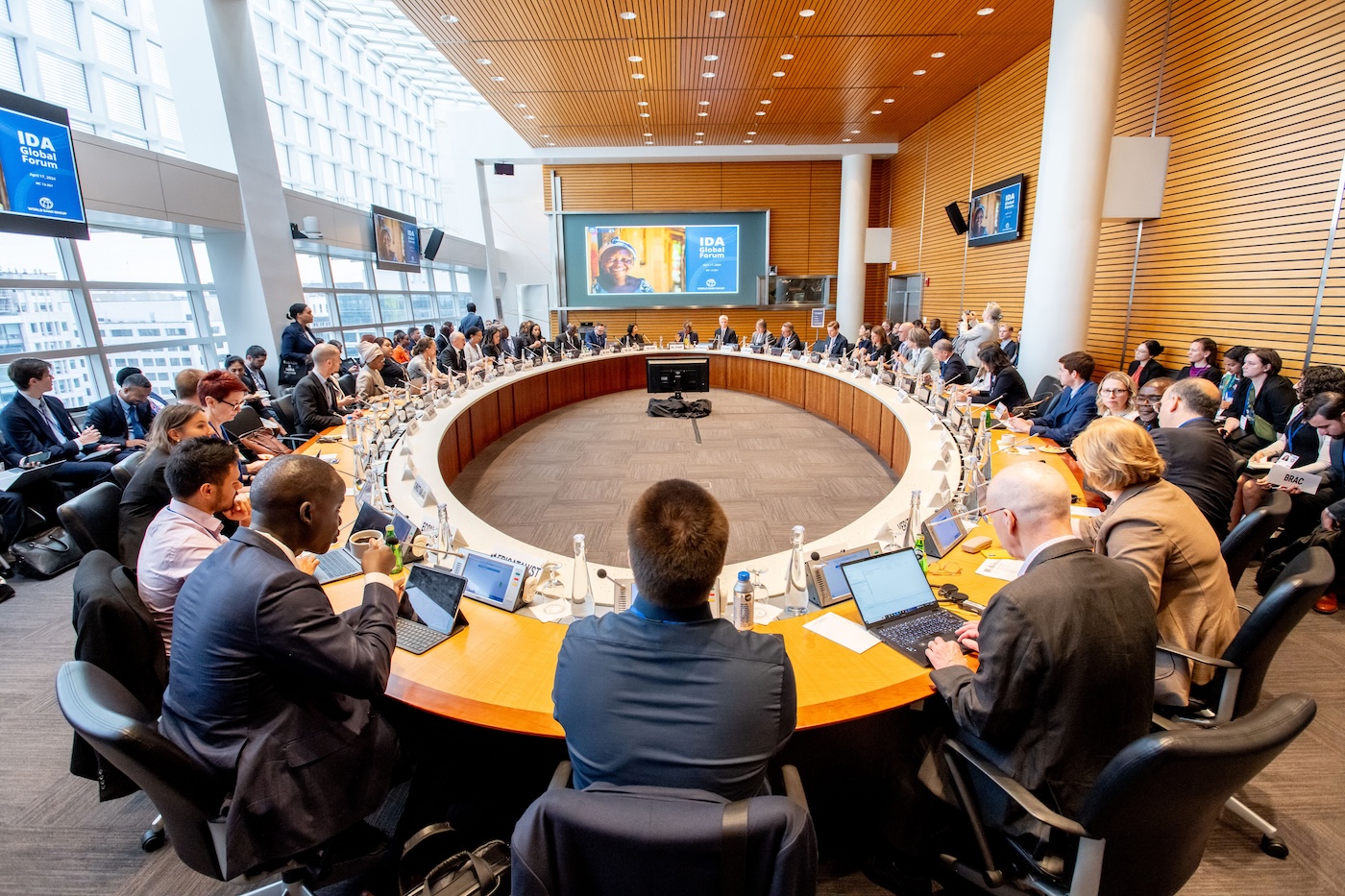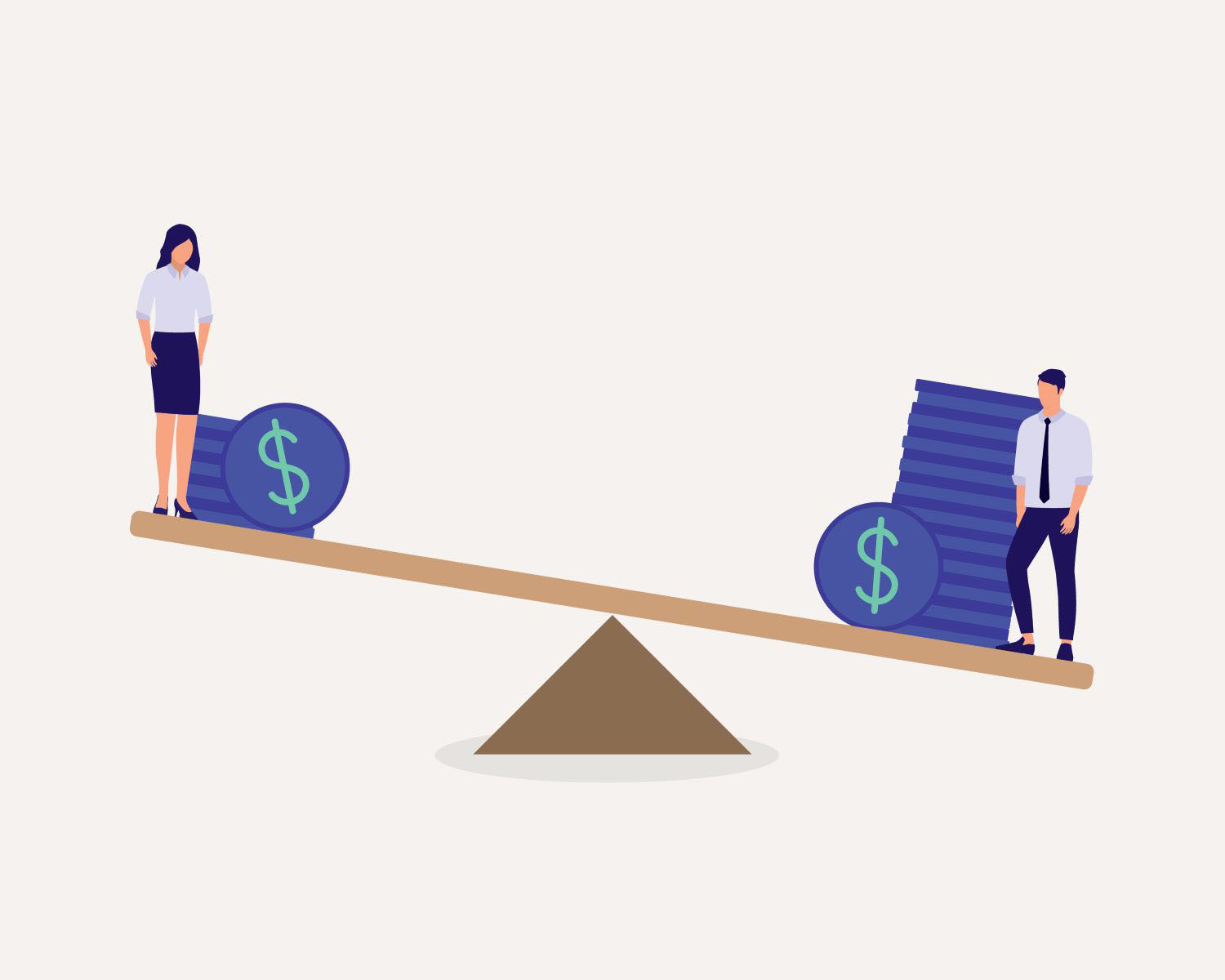“Women’s economic empowerment” has suddenly become the talk of the town, whether that town is Antalya, Davos, or Washington. But will all of the recent high-level talk be backed up by meaningful action? And how do we ensure that actions taken are grounded in evidence? Here we explore women’s economic empowerment as a trend gaining traction and how to make sure that the trend becomes timeless.
Last year’s G20 meetings, held in Antalya, Turkey, launched W20, a gender equality engagement group that made women’s economic empowerment a top priority. In January, at the World Economic Forum meetings in Davos, UN Secretary-General Ban Ki-moon announced the first-ever High-Level Panel on Women’s Economic Empowerment, which held its initial meeting at this year’s Commission on the Status of Women’s session. And the trend continues: USAID is building a women’s economic empowerment framework to guide its operations, and this coming June, gender directors from all multilateral development banks will make the topic the focus of their convening at the Inter-American Development Bank (IDB).
These developments demonstrate a smart move among international players, and one that is long overdue. Implicit in making women’s economic empowerment a development priority is a basic, yet crucial, premise: women already are (and have the potential to be even more) productive economic actors and contributors, with significant payoffs for themselves, their families and their economies. It is also one of the very few areas in development where rhetoric lags behind action: international and national NGOs have been heavily involved in implementing women’s economic empowerment programs on the ground for decades now, and in the last decade or so the private sector has become an enthusiastic supporter and implementer of similar initiatives.
Unfortunately, results to date have not always been impressive. Income generation projects have often failed. Microfinance has reached millions of poor women but is not – as we’ve seen – a silver bullet. The same is the case with a myriad of leadership, business and skills training programs directed at women.
But fortunately for those just jumping on the bandwagon, the evidence base on what works to economically empower women has never been more robust. We have significantly more knowledge on how to improve women’s productivity and incomes. And this evidence calls on us to start thinking differently than we traditionally have.
How so? Below are a few ways to make women’s economic empowerment efforts as effective as possible.
-
Think Outside the Box: We need to shift away from the traditional emphasis on economically “empowering” women exclusively through micro loans or grants, training programs or networking and mentorship. These interventions are important (and comparatively easy to implement), but they are limited in their power to shape broader institutions and can only get us so far.
We need to turn our attention to the larger environment where economic opportunities unfold – examine and correct pervasive gender biases in organizations and alter service provision so that it is not biased against women. The assumption that services, especially productive ones, are gender neutral and not gender biased is wrong, but so far this has been largely overlooked in both development research and practice.
-
Question “Gender Neutral”: Gender biases pervade the design and delivery of extension services, banking products, land, housing, and much more. For instance, the World Bank and the ONE Campaign found that ensuring women’s access to productive resources is not enough. Even when access was guaranteed, women farmers in Ethiopia and Uganda benefited less than men farmers from extension advice, suggesting that the delivery of these services is “better attuned to the needs of male farmers.” We also see robust evidence for the presence of gender biases in our living and working environments well documented in Iris Bohnet’s new book What Works: Gender Equality by Design and in the ONE Campaign’s Poverty is Sexist reports.
This recognition brings us back full circle to the writings of economist Ester Boserup, who in 1970, first attributed the loss of women’s jobs and social status to the introduction of the plow. Because the plow was designed in a way that played to men’s (physical) strengths – in contrast to other agricultural tools that required less upper body strength – its introduction gave men an advantage in agricultural production and, over time, shaped gender norms.
-
Start with Sex Disaggregation (But Don’t Stop There): To make the shift away from “gender neutral” (but really gender blind) service provision, companies not already doing so need to disaggregate client data by sex, so that they can identify and differentiate women’s market segment. Only then can organizations begin to understand women’s specific needs and constraints – whether they’re seeking access to farm equipment or financial services – and design and deliver products accordingly.
As Data2X demonstrates, we also need to increase the collection of data specifically capturing the degree to which women are economically empowered. Data, for example, that tell us whether women have access to income generating opportunities or mechanisms for saving their earnings can inform the design of women’s economic empowerment programs and track their progress.
-
Use the Evidence We Already Have: Once we have a clearer picture of women’s needs and constraints, solutions for leveling the playing field may not be that complicated. The Roadmap for Promoting Women’s Economic Empowerment highlights simple solutions, showing, for instance, how the form of delivering capital matters. Capital delivered in kind (rather than in cash) or through confidential mobile banking services helps women overcome social constraints, increasing their business investments and profits.
-
Tailor Interventions (But Search for Commonalities That Can Be Scaled Up): While gender biases manifest across countries and cultures, solutions need to be mindful of different demographic and economic conditions shaping job prospects and remember that not all women are born equal. The Roadmap presents a wide range of interventions according to their proven effectiveness in different contexts and for women in different income groups.
Here at CGD, in partnership with the UN Foundation, we are currently updating the original Roadmap and its rankings, based on the evidence generated since its 2013 publication. And as we discuss here (and will explain in detail in a future blog), we are also zeroing in on the banking sector, testing the provision of incentives to bank agents to better reach women clients.
As discussions around women’s economic empowerment gain traction, and increased attention is brought through the convening of high-level panels and meetings, we urge decision-makers to 1) widen the range of options considered to empower women economically and 2) critically examine the pervasive gender biases that have affected the design and delivery of services. Beyond trainings and mentors, getting women on an even economic playing field with men is going to require rich data and both tailoring and scaling up the solutions proven to combat gender biases.
Disclaimer
CGD blog posts reflect the views of the authors, drawing on prior research and experience in their areas of expertise. CGD is a nonpartisan, independent organization and does not take institutional positions.





